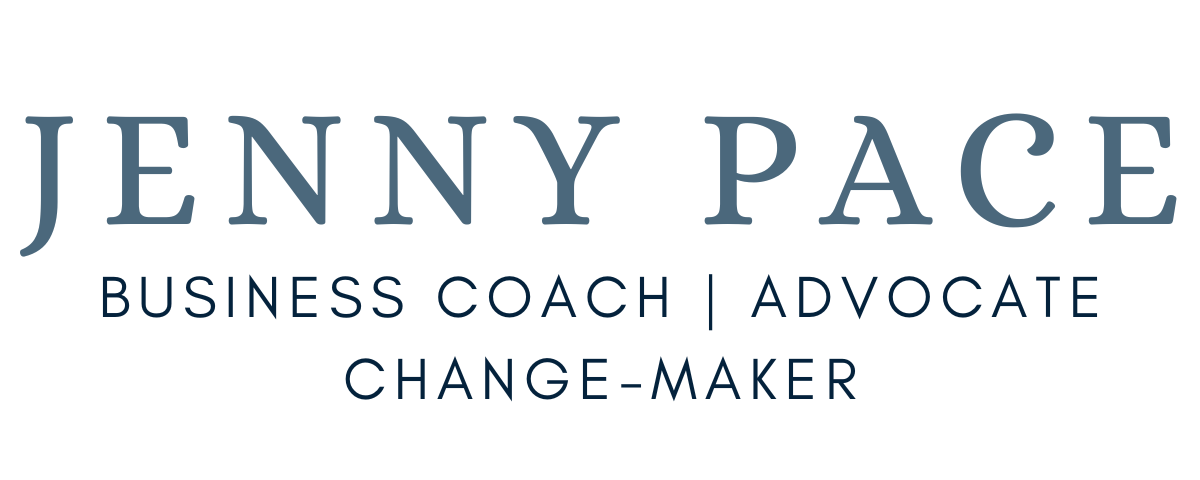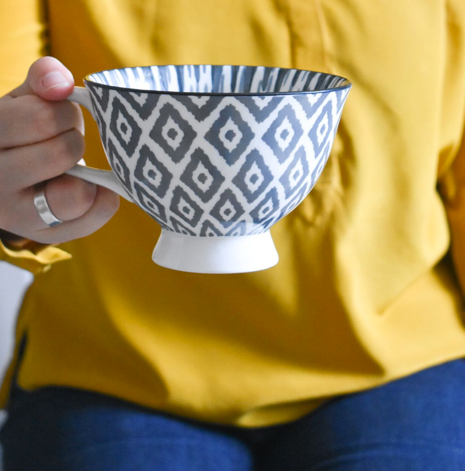If you’re reading this, chances are you WANT to be the leading lady in your business, and in your life. But maybe you haven’t quite made that leap yet, or perhaps you’d like to feel more empowered, stepping into that Proper Business Owner role…
Today, I’m sharing inspiration from festive favourite The Holiday to give us some clarity and some gumption (great word) as we start to embrace our title role in our own lives.
I’m not ashamed to say I’ve watched The Holiday a LOT. I can recite scenes, and there are lines I know by heart. This is one of them:
You’re supposed to be the leading lady in your own life, for god’s sake.
Iris, played by Kate Winslet, has a tear-inducing lightbulb moment when retired movie writer Arthur tells her she’s being more best friend than leading lady. It’s a lightbulb moment for all of us!
First of all, no shade to best friends. We all need best friends. And in real life (not the movies) we are meant to support each other in being the leading ladies of our own lives. My best friend, Kelly, is the leading lady of her life, and I support her journey. She also supports mine. And in a beautiful way, this happens in our businesses too. I’m a client of hers, and she’s a member of the Better Business Collective – and we lean on each other for different things.
But back to the point, here. Maybe you can relate to this…
In my early twenties, I was being a best friend. Not to one specific person, but to most other people and figures in my life. My boss at work, my family and friends, even the people on the tube, all had more importance than me. I would bend and flex to meet their needs, rather than asking for what I needed for my own sparkling storyline.
By my late twenties, I was a leading lady. Strong in my convictions, I stood up for what I thought was right, for what worked for me. I started my business, I put myself in the centre of my life, and it allowed me to contribute to my relationships, clients, and the things that mattered.
Now, in my (gulp) thirties, I have children, a marriage, a mortgage, and a business. The responsibilities are more complex than they were 7 years ago. I am in a new phase of being a leading lady, one that requires grace but also integrity. It requires putting myself at the centre of my story, even when mum guilt and society tell me to just play it small and quiet.
So how do we put being a leading lady into practice?
It’s a good question. Let’s use the movie metaphor a bit more…
In a movie, everything that happens – every action, scene, dialogue, piece of information – ultimately tells us more about the leading lady’s story. Anything that doesn’t move her narrative and development forward is superfluous.
So her best friend is there to provide insight. A challenging situation or accident or any external action is there to show us how she responds to it. Her enemy or antagonist is there to challenge her, help her grow, change her for the better.
I’m not suggesting we all turn into raging narcissists where everything is about us – far from it. I AM suggesting we consider our own storyline and development, noticing the things that take up our time and energy, and assess whether they are fuelling the story or getting us off-track.
✨ How does x thing (an event, a story, a person, a conversation) impact you? Is it helping you to move forward and grow, or is it holding you back?
✨ Are you holding your head high, knowing you belong wherever you go? Or are you apologising before you even enter the room?
✨ Do you recognise that your responsibility to yourself is greater than your responsibility to others? That, in fact, no-one else can be the boss of your life?
✨ What if you let yourself be the leading lady for the day, the week, a month?
✨ And are you willing to let your dream, your success, steal the show?
The thing is: being a leading lady is really about stepping into leadership, and I love that Arthur in The Holiday makes that something we can relate to. Because leadership can sometimes sound like suits and boardrooms and hotel conferences.
But what if leadership is being a leading lady? Commanding respect. Feeling empowered and empowering others. Taking actions that demonstrate your commitment to your dreams.
That’s the kind of leadership I can get on board with. I hope you will, too.


